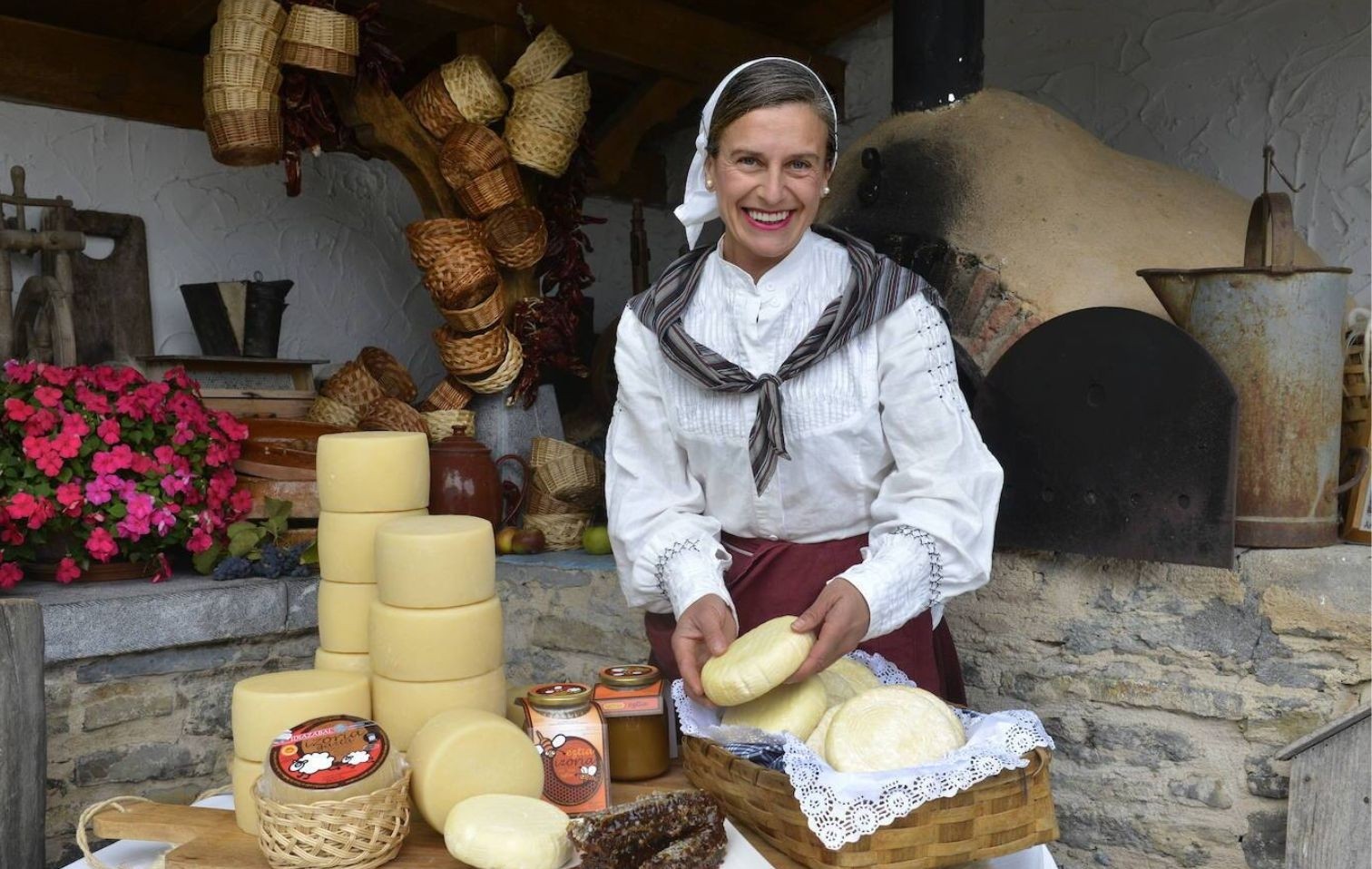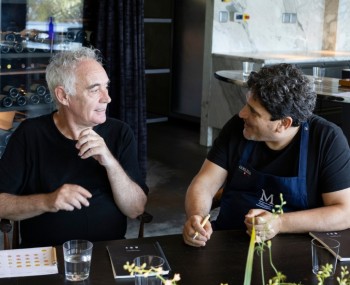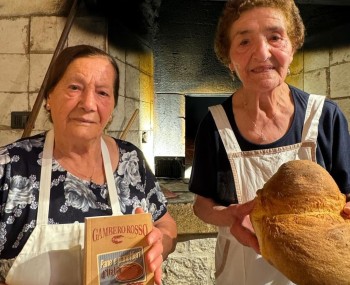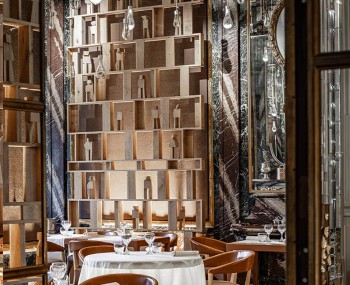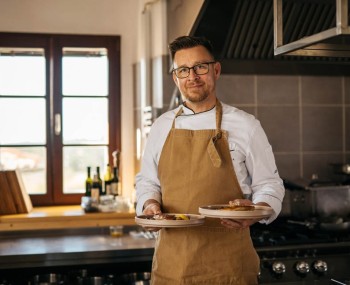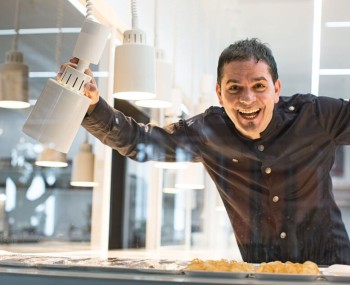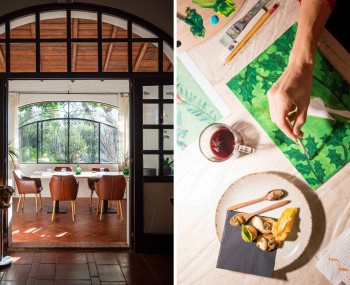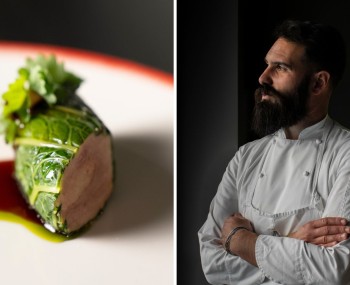"My cheeses are landscapes, the landscape of my life," says Leire Ibarrola Gobantes, who, along with her brother Julen, returned to their family's countryside after completing their university studies to revive the production of an endangered cheese made from the milk of Latxa sheep and wrapped in cabbage leaves inside wicker baskets.
The story
Her mother was a seamstress, her father a carpenter. A modest family that managed to put three children through university. Among them was Leire Ibarrola Gobantes, who chose architecture in Madrid and worked as a surveyor, while her brother Julen studied engineering. However, at a certain point, the longing for the countryside prevailed, and they returned home to Queseria Izoria Basseria to continue their family's historic activities: sheep farming for cheese production and beekeeping for honey, following in the footsteps of their great-grandfather Tiburcio. Because "honey is cheese's great lover," she tells Siete Canibales.

"It was a phase of my life, but I never really left. My roots have always remained here," Leire says. "The cheese factory stays with you as a way of life. I continue to have my concerns. I design labels, photograph cheeses, beehives, and sheep, share everything on social media, visit the Vitoria market every Thursday, organize tours, meet chefs and producers...". In fact, the cheese factory is a little paradise on the border between Biscay and Alava: lotus flowers float on the pond, old beehives and the spindles that the women of the house used to spin wool into warm socks are collected on one side. "My cheeses are landscapes, the landscape of my life."


The flock consists of 500 specimens of the Latxa breed, mostly light-haired, grazing in the pristine meadows of Izoria, in the middle of the Sierra Selvada. Thanks to her milk, Leire has preserved a local ancient tradition, that of cheese in a basket, renamed "otzara gazta." For this, she received the Materia Prima award from the Don Producto y Tù restaurant in Vitoria. The cheeses can weigh up to 10 kilograms, and they are usually eaten fresh, but after 20 days, alongside lactic hints, they develop umami. The ingredients include the milk of Latxa sheep, natural rennet extracted from lamb stomachs, and salt from the Añana salt flats. Mother Maria Jesus and grandmother Basilia used to take the "canestrato" to the Orduña market, then quickly to Bilbao on the back of a mule, inside woven wicker containers and cabbage leaves, which kept it fresh. Today, it is Leire who showcases it on the stalls of Plaza de Santa Barbara to introduce it to the world.

Photos from the cheese fatory webiste
